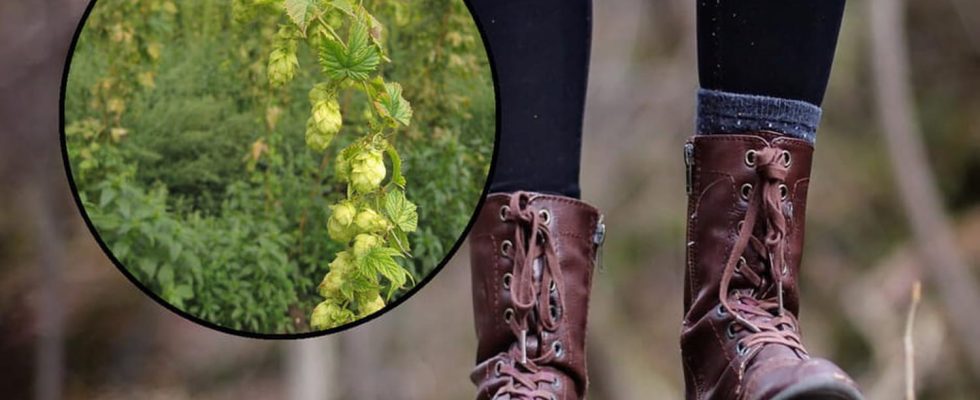Hop shoots are found growing wild in forests, groves and even gardens. Here’s how to identify them.
Hops are a flower used to produce beer, but its young shoots, called “hop streams”, are grown and consumed like asparagus. It is a luxury product, as prized and almost as unaffordable as caviar or truffles. In fact, these young shoots appear in spring. Few people know that they are among the most expensive vegetables in the world. In the Netherlands, a kilo of hop shoots costs up to… 1000 euros! Very popular in Belgium, these refined sprouts are even nicknamed “Northern Truffles”. Their taste is slightly bitter and nutty. Hop shoots are most often prepared by frying them in butter. Harvesting is long and laborious work, with each jet weighing on average 1 gram, hence its high price! Only the end of about 3 cm is edible, the rest being already too woody.
We think of them as weeds, even though they often grow near our gardens or on our walking paths. Throughout the world, only around ten producers have launched into the production of this delicate vegetable, notably in Bavaria, Belgium and Alsace. But it is also found in the wild. How to recognize these precious vegetables? They emerge from the ground and climb upwards. Young hop shoots are green or white in color. In forests or clearings, searching for hop shoots is not the easiest, because it has to be done manually by removing the leaves. The best way to know where to find them is to spot the hop flowers the previous year, which allows you to locate the plants. A bit like mushrooms, you have to know the corners!
Since hop sprouts are not very well known, many of us simply trample them on walks in the forest, without realizing that a kilo can fetch a dizzying sum of around 1,000 euros. The white shoots are the most valuable – they are more difficult to find in the ground, but grow the earliest, already at the end of winter. They are white because they have not yet been exposed to daylight.
